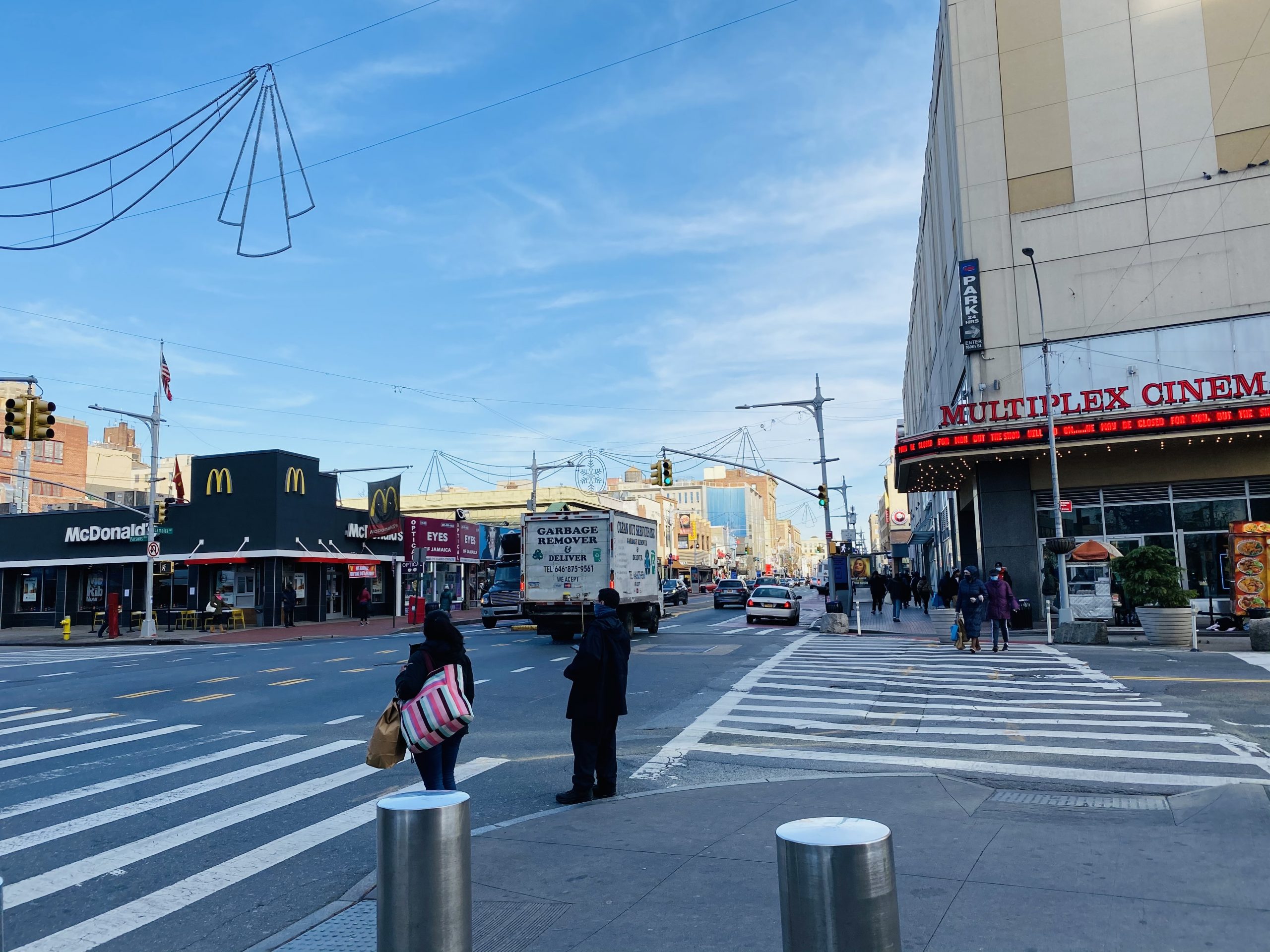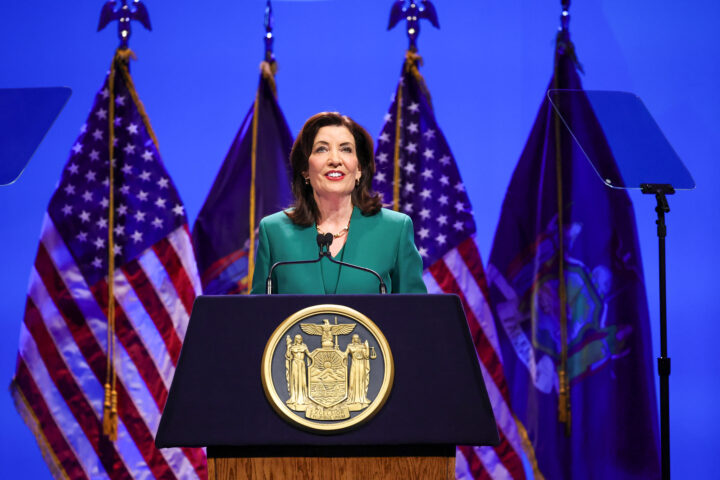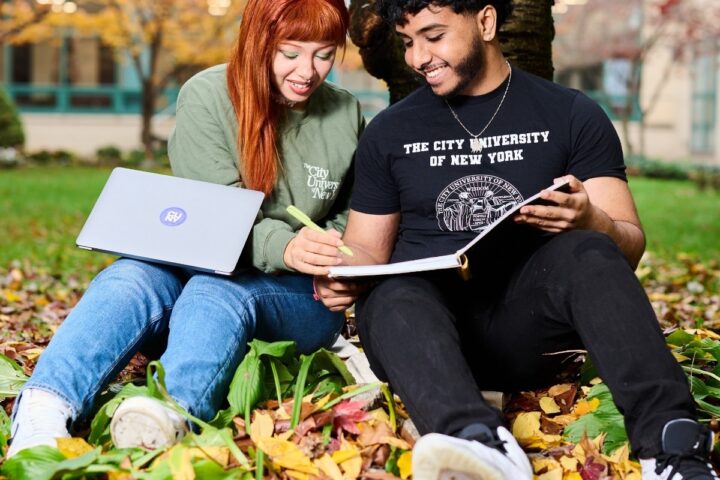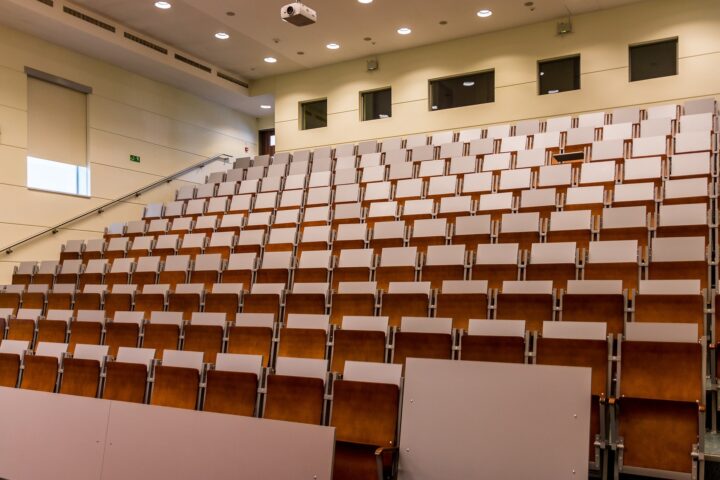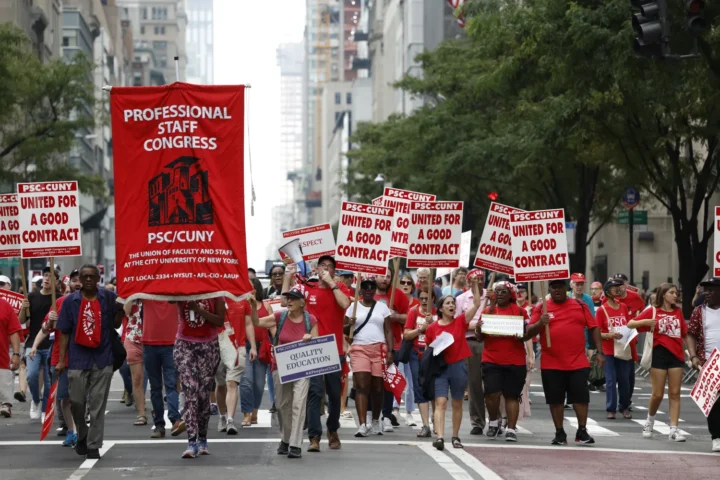Jamaica Avenue is a key commercial corridor to the neighborhood and region of Jamaica, Queens. Commonly known as The Ave. by residents and people who frequent the area, it is lined with small, locally owned shops, restaurants and corporate-owned stores. These businesses sell a variety of goods to shoppers from across the region.
What makes Jamaica Avenue so important for so many people are the businesses and transit services. Many of the businesses here are owned by and frequented by people of color. Some of these businesses include beauty supply stores, African braiding salons, small African and Caribbean food markets, and small delis. The beautiful red-colored brick sidewalks make for a pleasant and aesthetically-pleasing pedestrian experience. As for transit, “Downtown Jamaica is the busiest bus hub in NYC, with over 45 NYCT, MTA bus and NICE bus routes with connections to the [E and J/Z lines].” The LIRR and the buses on Jamaica Avenue serve 147,000 daily riders according to the Better Buses Plan. But even with busy service there have been challenges and problems Jamaica Avenue has faced for a long time — which has only increased during the pandemic.
Congestion has returned to pre-pandemic levels; buses often go slower than human walking pace. Additionally, bus lanes are used and enforced ineffectively. This largely contributes to the pre-pandemic levels of congestion. The vehicle usage for both the bus lanes and commercial lanes is reversed. Passenger and commercial vehicles often tend to use the bus lanes to pick up and drop off passengers and deliveries. They also use these lanes as parking spaces, thus pushing buses into the general traffic lane.
Essential workers have had to bear the brunt of this congestion issue which adds to their already stressful lives. These workers have been relying more on buses than the subway, but the buses haven’t been reliable. In addition to this, small businesses are shutting down which is leading to national retailers moving in, thus making Jamaica less affordable.
To counter these issues, Mayor Bill de Blasio and the Department of Transportation (DOT) are planning on creating better busways and bus lanes for Jamaica Avenue stretching from Sutphin Boulevard to 168th Street. The project, which is called the Better Buses for Restart, is part of “a total of 20 miles of bus lanes that are slated for Queens” according to Restart Better Buses program. The new lanes would speed up bus speeds by 25 percent according to advocates, but the paint has yet to hit the streets. If the project doesn’t start now it will have to be held off until spring 2021, as the lanes cannot be painted on the asphalt in cold weather. Despite this, the project still has some opposition.
Residents and Southeast Queens elected officials would prefer a better busway on Archer Avenue. Archer Avenue currently has more daily bus passengers than Jamaica Avenue at 225,000 according to the DOT, which also claims that “bus speeds [on Archer Avenue] are higher than on Jamaica Avenue.” Queens Council Member Daneek Miller, a former bus driver, states that Archer Avenue is “far more important” because it has more bus routes than any other corridor. He also brought up the fact that once buses get to the end of Jamaica Avenue, they are “nearly empty.” Though he and his colleagues recognize that Archer Avenue does need help and the community surrounding Archer Avenue does more than just shop along this street, they don’t want the Jamaica Avenue project halted.
I believe that both corridors immensely need help. Many people do more than shop in Jamaica — students go there to attend school, such as CUNY York College, and passengers transfer from bus to train and vice-versa to connect to other parts of the city. I also believe helping to fix the situation on Jamaica Avenue will help prevent the potential displacement of residents. This would help local businesses and aid essential workers that travel through that corridor. Jolyse Race, a senior organizer for Riders Alliance, has stated that, “this is a social justice issue.” Being that a majority of riders are essential workers and a part of the working class, improving bus commutes will improve the lives of both groups.


